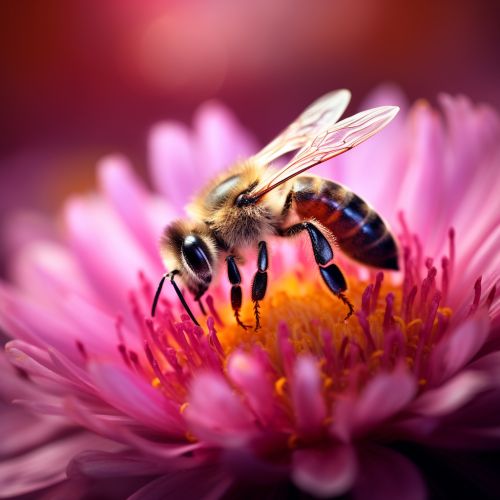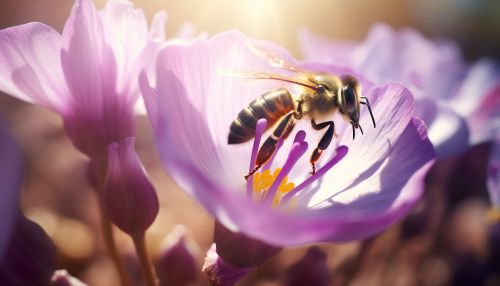The Science of Plant Pollinator Interactions and Coevolution
Introduction
Plant-pollinator interactions are a vital aspect of ecological studies, focusing on the relationships and processes between pollinating agents and the plants they service. This field of study is closely linked to the concept of coevolution, where two or more species reciprocally affect each other's evolution.
Plant-Pollinator Interactions


Plant-pollinator interactions are a key component of biodiversity and ecosystem function. They are typically mutualistic, meaning both the plant and the pollinator benefit from the interaction. The plant benefits by achieving sexual reproduction, while the pollinator gains access to resources such as nectar or pollen.
Types of Pollinators
Pollinators can be divided into two main categories: biotic and abiotic. Biotic pollinators are living organisms such as insects, birds, and bats. Abiotic pollinators include wind and water.
Biotic Pollinators
Insects, particularly bees, are the most common biotic pollinators. Other insect pollinators include butterflies, moths, and beetles. Birds, such as hummingbirds, and mammals, like bats, also play a significant role in pollination.
Abiotic Pollinators
Abiotic pollination, also known as anemophily, is primarily carried out by wind. Water can also act as a pollinator, but this is less common and typically only occurs in aquatic plants.
Pollination Syndromes
Pollination syndromes are sets of flower traits that have evolved in response to natural selection imposed by different pollen vectors, which can often lead to complex adaptations.
Coevolution
Coevolution is the process by which two or more species reciprocally affect each other's evolution. In the context of plant-pollinator interactions, coevolution can lead to specialized traits in both the plant and the pollinator.
Types of Coevolution
Coevolution can be categorized into two types: specific coevolution and diffuse coevolution.
Specific Coevolution
In specific coevolution, a single plant species and a single pollinator species exert selective pressures on each other, leading to the evolution of specific traits.
Diffuse Coevolution
In diffuse coevolution, a plant species coevolves with a group of pollinator species, or vice versa. This is more common than specific coevolution, as plants often interact with a variety of pollinators.
Implications of Plant-Pollinator Interactions and Coevolution
Understanding plant-pollinator interactions and coevolution has important implications for conservation biology, agriculture, and understanding biodiversity patterns.
Conservation Biology
Plant-pollinator interactions are crucial for maintaining biodiversity. Disruptions to these interactions, such as habitat loss or climate change, can have significant impacts on ecosystems.
Agriculture
Many crops rely on pollinators for reproduction. Understanding plant-pollinator interactions can help improve crop yields and agricultural practices.
Biodiversity Patterns
Plant-pollinator interactions and coevolution can help explain patterns of biodiversity. For example, areas with a high diversity of pollinators often have a high diversity of flowering plants.
